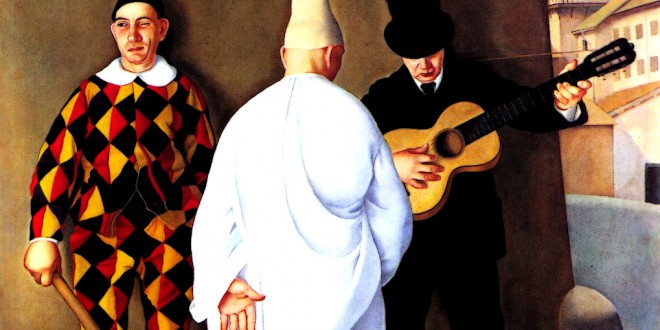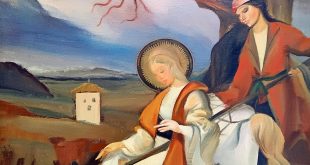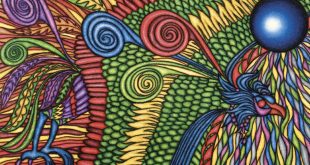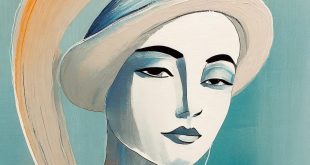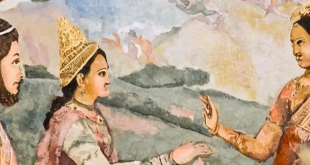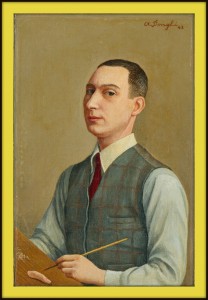 ANTONIO DONGHI 1/4 – Magical realism, is a term that is used both to indicate, in the visual arts, a pictorial trend of the first half of the twentieth century, one that identifies a vision clearly stunned the real. This definition was used for the first time by an art critic, to describe a reality characterized by a meticulous rendering of detail, typical of painters who were inspired by the Italian currents of the twenties.
ANTONIO DONGHI 1/4 – Magical realism, is a term that is used both to indicate, in the visual arts, a pictorial trend of the first half of the twentieth century, one that identifies a vision clearly stunned the real. This definition was used for the first time by an art critic, to describe a reality characterized by a meticulous rendering of detail, typical of painters who were inspired by the Italian currents of the twenties. 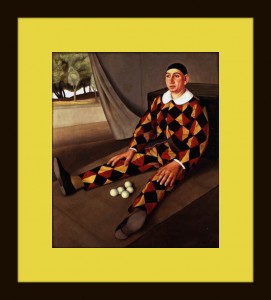 ANTONIO DONGHI 2/4 – Painter Antonio Donghi was born in Rome, where he studied at the Istituto di Belle Arti. After the war he studied art in Florence and Venice, and found inspiration in traditional figure painting. His figures display a cool detachment that has been likened to the works of Seurat and Rousseau. His figures possess a gravity and an archaic stiffness reminiscent of Piero della Francesca.
ANTONIO DONGHI 2/4 – Painter Antonio Donghi was born in Rome, where he studied at the Istituto di Belle Arti. After the war he studied art in Florence and Venice, and found inspiration in traditional figure painting. His figures display a cool detachment that has been likened to the works of Seurat and Rousseau. His figures possess a gravity and an archaic stiffness reminiscent of Piero della Francesca. 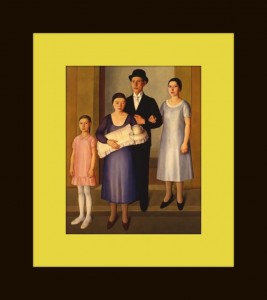 ANTONIO DONGHI 3/4 –His still lifes often consist of a small vase of flowers, depicted with the disarming symmetry of naive art. By the 1940s, Donghi’s work was far outside the mainstream of modernism, and his reputation declined. Possessed of an extremely refined technique, Donghi favored strong composition, spatial clarity, and populist subject matter.
ANTONIO DONGHI 3/4 –His still lifes often consist of a small vase of flowers, depicted with the disarming symmetry of naive art. By the 1940s, Donghi’s work was far outside the mainstream of modernism, and his reputation declined. Possessed of an extremely refined technique, Donghi favored strong composition, spatial clarity, and populist subject matter. 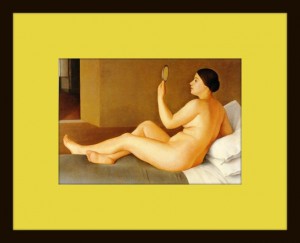 ANTONIO DONGHI 4/4 –In his last years he concentrated mainly on landscapes, painted in a style that emphasizes linear patterns. He would not find favor again among critics and art historians until the 1980s, two decades after his death on 16 July 1963 in Rome. Most of Donghi’s works are in Italian collections, notably the Museo di Roma. You can see more on Meeting Benches, looking for: ANTONIO DONGHI (1897/1963), ITALIAN PAINTER – Figures that possess a gravity and an archaic stiffness
ANTONIO DONGHI 4/4 –In his last years he concentrated mainly on landscapes, painted in a style that emphasizes linear patterns. He would not find favor again among critics and art historians until the 1980s, two decades after his death on 16 July 1963 in Rome. Most of Donghi’s works are in Italian collections, notably the Museo di Roma. You can see more on Meeting Benches, looking for: ANTONIO DONGHI (1897/1963), ITALIAN PAINTER – Figures that possess a gravity and an archaic stiffness
 Meeting Benches World art in all forms
Meeting Benches World art in all forms
